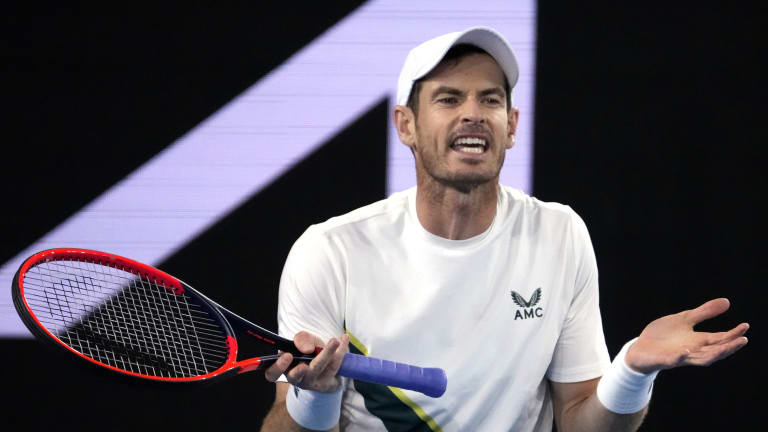Tighten it up, tennis: present a united front, empower chair umpires and rework the rules
By Feb 01, 20232025 Year In Review
WTA Match of the Year, No. 5: Madison Keys topples Iga Swiatek in dramatic Australian Open semifinal
By Dec 09, 2025Tennis.com Interview
Following in family footsteps, Elli Mandlik clinches Australian Open return in wild card play-off
By Nov 25, 2025Social
“I can’t do another surgery”: Nick Kyrgios opens up on retirement plans
By Oct 16, 2025The Business of Tennis
Carlos Alcaraz adds $1 million Australian Open ‘one point’ challenge to packed schedule
By Oct 09, 2025The Business of Tennis
Top ATP, WTA players push Grand Slams again in bid for more money and more say
By Sep 24, 2025Facts & Stats
What a trio! Carlos Alcaraz, Iga Swiatek, Jannik Sinner to all chase Career Grand Slam in 2026
By Jul 13, 2025Pop Culture
Strive to survive: Film shows the pressure ball kids face to earn an Australian Open spot
By Apr 11, 2025The Business of Tennis
Top ATP, WTA players pen letter to Grand Slams seeking greater share of revenue
By Apr 04, 2025Lifestyle
Where is Madison Keys keeping her Australian Open trophy?
By Mar 06, 2025Tighten it up, tennis: present a united front, empower chair umpires and rework the rules
The sport seems to have outgrown its roots, yet tries to operate under values it has left behind.
Published Feb 01, 2023
Advertising

Murray finished off Kokkinakis at 4:06 a.m.
© Copyright 2023 The Associated Press. All rights reserved
Advertising

The tours haven't been in China since 2019. That year, the WTA Finals debuted in Shenzhen.
© Getty Images
Advertising

Chair umpire Marijana Veljovic looks on while overseeing this year's Australian Open meeting between Rafael Nadal and Mackenzie McDonald.
© Marc GIAMMETTA
Advertising

Chardy in discussion with chair umpire Miriam Bley during his eventual loss to Evans in Melbourne.
© Getty Images